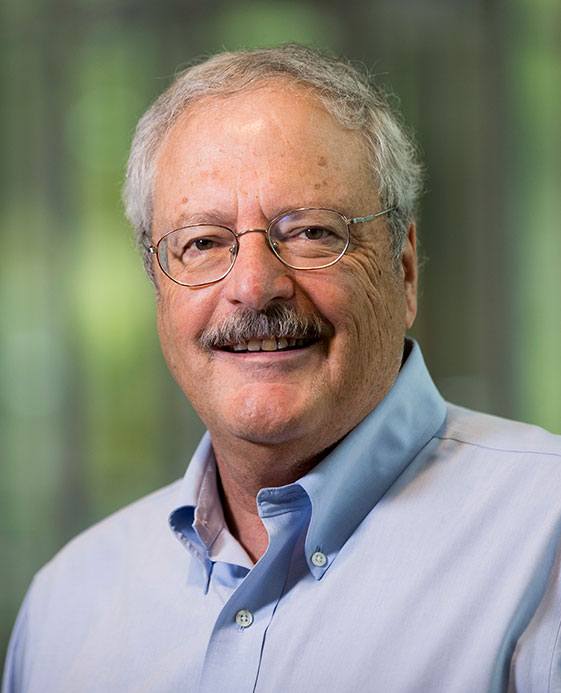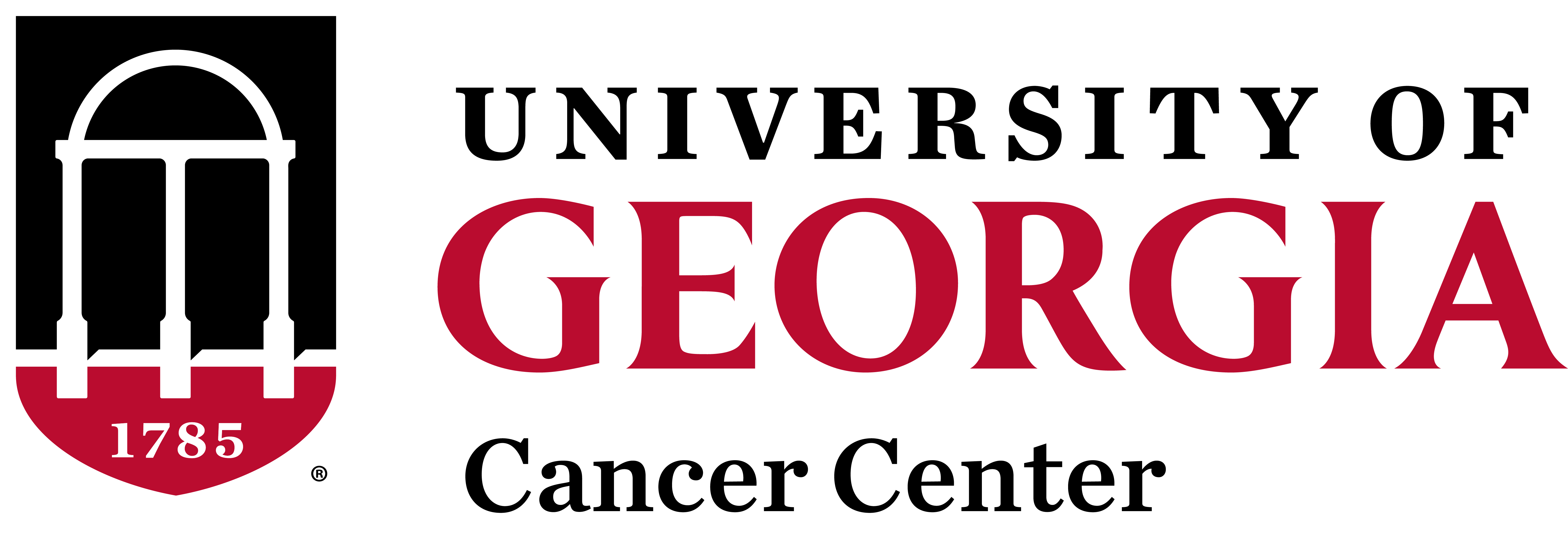
Gerald Hart
Georgia Research Alliance William Henry Terry, Sr. Eminent Scholar in Drug Discovery, and Professor of Biochemistry and Molecular Biology
We discovered O-GlcNAcylation (OGN) in the early 1980s. OGN is the cycling of N-acetylglucosamine on and off serine or threonine residues on nuclear and cytoplasmic proteins. OGN occurs on over four-thousand proteins where it serves as a nutrient sensor with extensive crosstalk with phosphorylation to regulate many cellular processes, including signaling, transcription, translation and mitochondrial functions. There is a rapidly growing literature suggesting that O-GlcNAcylation contributes to the properties and progression of cancer cells. O-GlcNAc cycling is universally elevated in cancer cells and, indeed, preventing increased O-GlcNAcylation can block cancer progression. Aberrant expression and activities of O-GlcNAc cycling enzymes, especially OGT, have been reported in all human cancers studied to date. Altered cellular metabolism is a major hallmark of cancer. Glucose uptake and glycolysis are accelerated in cancer cells (“Warburg Effect”), which gives cancer cells an advantage for intensive growth and proliferation. O-GlcNAc-dependent regulation of signaling pathways, transcription factors, enzymes, and epigenetic changes are all likely involved in metabolic reprograming of cancer. Several researchers have proposed that inhibition of hyper-O-GlcNAcylation could be a potential novel therapeutic target for cancer treatment. It has also been proposed that aberrant O-GlcNAcylated proteins might be novel biomarkers of cancer.
Currently, our laboratory is focused on the roles of OGN on -catenin in the functions of WNT signaling and in the epithelial-mesenchymal transition (EMT). In collaboration with Michael Pierce’s laboratory we are also investigating the roles of OGN in mechanisms of tumor cell suppression of the immune system.
- Georgia Research Alliance William Henry Terry, Sr. Eminent Scholar in Drug Discovery, and Professor of Biochemistry and Molecular Biology We discovered O-GlcNAcylation (OGN) in the early 1980s. OGN is the cycling of N-acetylglucosamine on and off serine or threonine residues on nuclear and cytoplasmic proteins. OGN occurs on over four-thousand proteins where it serves as a nutrient sensor with extensive crosstalk with phosphorylation to regulate many cellular processes, including signaling, transcription, translation and mitochondrial functions. There is a rapidly growing literature suggesting that O-GlcNAcylation contributes to the properties and progression of cancer cells. O-GlcNAc cycling is universally elevated in cancer cells and, indeed, preventing increased O-GlcNAcylation can block cancer progression. Aberrant expression and activities of O-GlcNAc cycling enzymes, especially OGT, have been reported in all human cancers studied to date. Altered cellular metabolism is a major hallmark of cancer. Glucose uptake and glycolysis are accelerated in cancer cells (“Warburg Effect”), which gives cancer cells an advantage for intensive growth and proliferation. O-GlcNAc-dependent regulation of signaling pathways, transcription factors, enzymes, and epigenetic changes are all likely involved in metabolic reprograming of cancer. Several researchers have proposed that inhibition of hyper-O-GlcNAcylation could be a potential novel therapeutic target for cancer treatment. It has also been proposed that aberrant O-GlcNAcylated proteins might be novel biomarkers of cancer. Currently, our laboratory is focused on the roles of OGN on -catenin in the functions of WNT signaling and in the epithelial-mesenchymal transition (EMT). In collaboration with Michael Pierce’s laboratory we are also investigating the roles of OGN in mechanisms of tumor cell suppression of the immune system.
- https://scholar.google.com/citations?user=PgQ_b2IAAAAJ&hl=en
